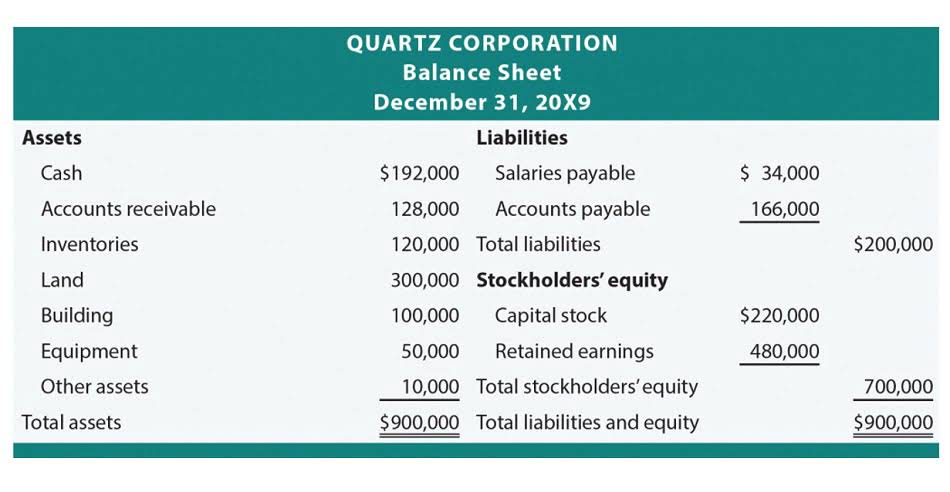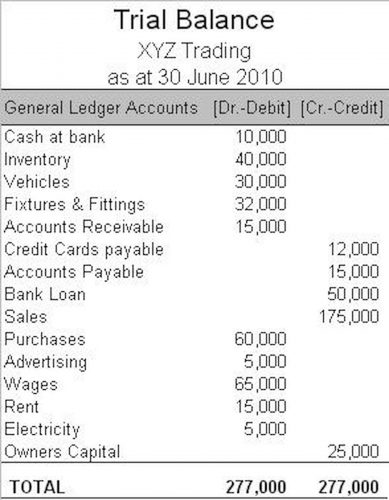
Understanding these formulas facilitates more accurate financial predictions and asset management. By standardizing this process, businesses can improve their financial stability and planning strategies. The market residual value is the estimated amount an asset can be sold for at the end of its useful life, excluding disposal costs. Businesses often conduct market research or consult industry experts to evaluate demand and pricing trends for similar used assets. Factors such as market saturation, technological obsolescence, and economic conditions play a role, as do regulatory considerations like environmental laws.

2.1.3 Intangible assets used in research and development (IPR&D)

The percentage of cost method multiplies the original cost by the salvage value percentage. Companies consider the matching principle when they guess how much an item will lose value and what it might still be worth (salvage value). The matching principle can be considered to be a rule in accounting that says if you’re making money from something, you should also recognize the cost of that thing during the same period. If a company believes an item will be useful for a long time and make money for them, they might say it has a long useful life. The salvage value is also an important consideration when deciding whether to invest in a particular asset, as it affects the overall cost of ownership and the potential return on investment.
Comparing Salvage Value to Other Values
Additionally, many software platforms offer email support as part of their customer service, ensuring users can maximize the tools’ potential. Salvage value is the estimated resale value of an asset at the end of its useful life. It is subtracted from the cost of a fixed asset to determine the amount of the asset cost that will https://demo.netsa.vn/aomua/tax-shield-calculator/ be depreciated.

Does NPV take into account the time value of money?
Companies can also use comparable data with existing assets they owned, especially if these assets are normally used during the course of business. For example, consider a delivery company that frequently turns over its delivery trucks. That company may have the best sense of data based on their prior use of trucks. Companies can also get an appraisal of the asset by reaching out to an independent, third-party appraiser. This method involves obtaining an independent report of the asset’s value at the end of its useful life. This may also be done by using industry-specific data to estimate the asset’s value.
- Salvage value is rarely known beforehand and is usually estimated unless a contract specifies its future sale.
- Understanding salvage value helps in budgeting and long-term financial planning by ensuring accurate depreciation calculations.
- As you can see there is a heavy focus on financial modeling, finance, Excel, business valuation, budgeting/forecasting, PowerPoint presentations, accounting and business strategy.
- Salvage value helps to figure out how much your old stuff is worth when it’s done being useful.
- This valuation not only influences the calculation of depreciation but also impacts financial statements and tax liabilities.
- In summary, the estimated salvage value of an asset is a critical consideration in financial planning, asset management, and capital budgeting.
- Salvage value is not just a residual figure in accounting; it plays a pivotal role in various aspects of financial management and decision-making.
This figure is pivotal for stakeholders assessing the company’s asset base and its potential for generating future economic benefits. Salvage value plays a pivotal role in financial reporting as it directly impacts the depreciation expense recorded on financial statements. By estimating the salvage value, businesses can accurately gauge the depreciation that should be allocated over an asset’s useful life. This ensures compliance with accounting standards, maintains the integrity of financial data, and presents a realistic view of an organization’s value. When making investment decisions, understanding an asset’s salvage value is crucial. It can significantly affect the expected return on investment by providing a clearer picture of potential future cash flows.

- Two, it provides a concrete number that managers can use to easily compare an initial outlay of cash against the present value of the return.
- On the other hand, salvage value is an appraised estimate used to factor how much depreciation to calculate.
- Companies consider the matching principle when they guess how much an item will lose value and what it might still be worth (salvage value).
- Suppose a company spent $1 million purchasing machinery and tools, which are expected to be useful for five years and then be sold for $200k.
- If the company estimates that the entire fleet would be worthless at the end of its useful life, the salvage value would be $0, and the company would depreciate the full $250,000.
- It is subtracted from the cost of a fixed asset to determine the amount of the asset cost that will be depreciated.
- The salvage amount or value holds an important place while calculating depreciation and can affect the total depreciable amount used by the company in its depreciation schedule.
The QuickBooks ProAdvisor carrying value of an asset as it is being depreciated is its historical cost minus accumulated depreciation to date. If unsure of an asset’s life, a company might use a shorter life estimate and a higher salvage value. If a company wants to front-load depreciation expenses, it can use an accelerated depreciation method that deducts more depreciation expenses upfront. Many companies set the salvage value at $0, believing the asset’s use matches its revenue over its life. Companies determine the estimated after tax salvage value for anything valuable they plan to write off as losing value (depreciation) over time. Each company has its way of guessing how much something will be worth in the end.
- A higher salvage value results in lower annual depreciation expenses, potentially inflating net income.
- Another example of how salvage value is used when considering depreciation is when a company goes up for sale.
- Common approaches include straight-line, declining balance, and units of production.
- We have been given the asset’s original price in this example, i.e., $1 million.
- Instead, simply depreciate the entire cost of the fixed asset over its useful life.
- When calculating depreciation, an asset’s salvage value is subtracted from its initial cost to determine total depreciation over the asset’s useful life.

How different factors have impacted the salvage value of specific assets in real-world scenarios. For instance, understanding the salvage value salvage value is treated as: helps determine the optimal point to sell or retire an asset before its operational costs outweigh its benefits. Moreover, it aids in evaluating the financial viability of upgrading equipment or investing in new technology.
This often involves dismantling and disposal costs, which can be offset by recycling or repurposing components. For example, consider the value of land owned by a company that only slightly went up in value by the end of its useful life. The scrap value may be negative if demolishing a building costs more than the land and the resale of parts.